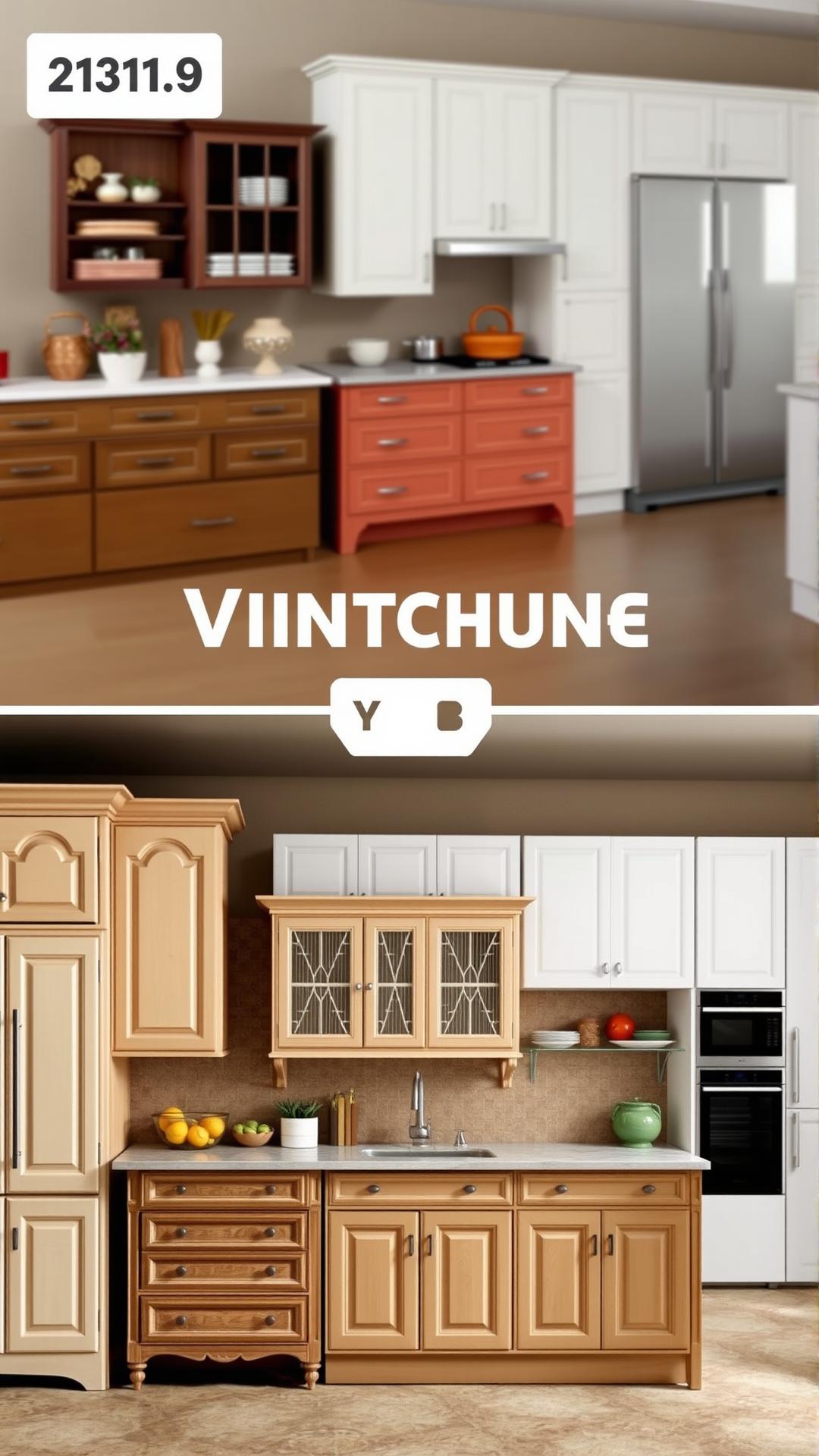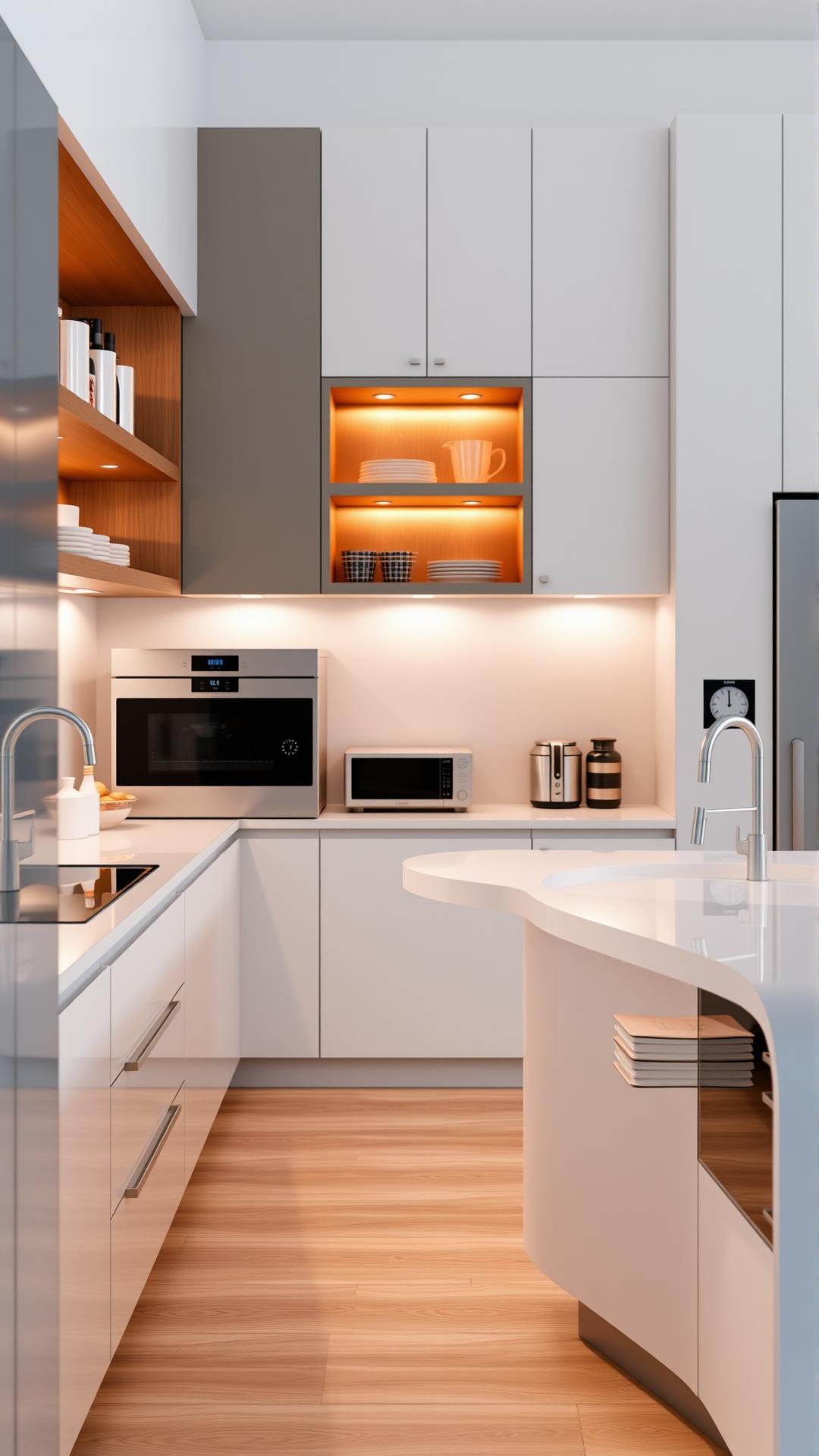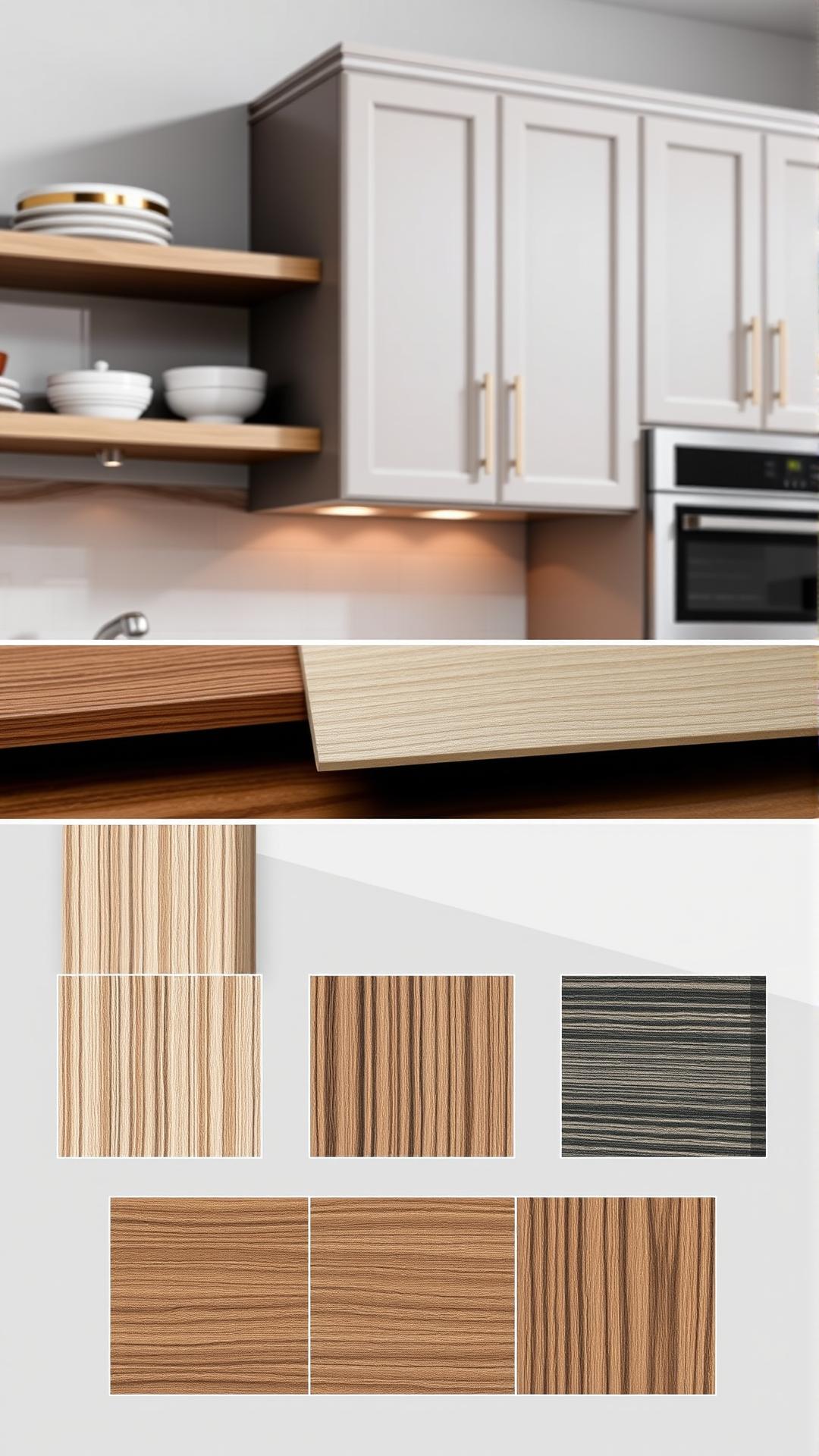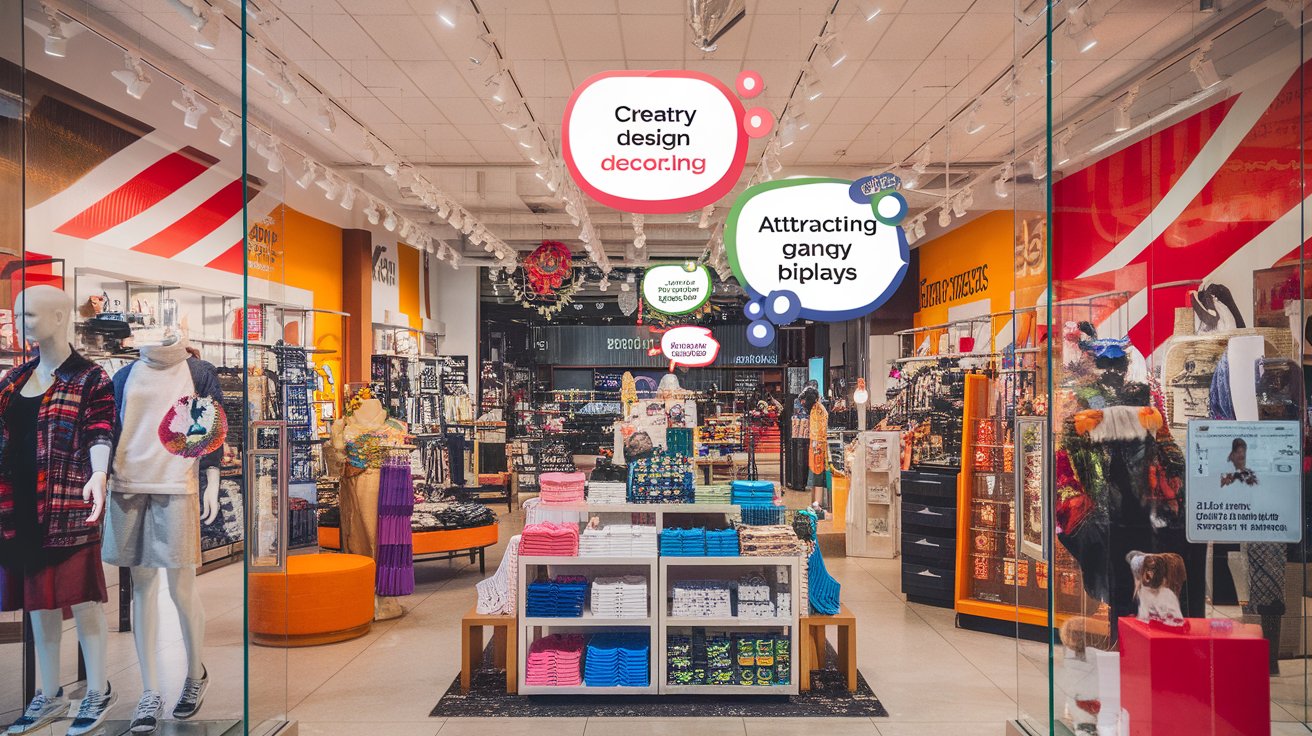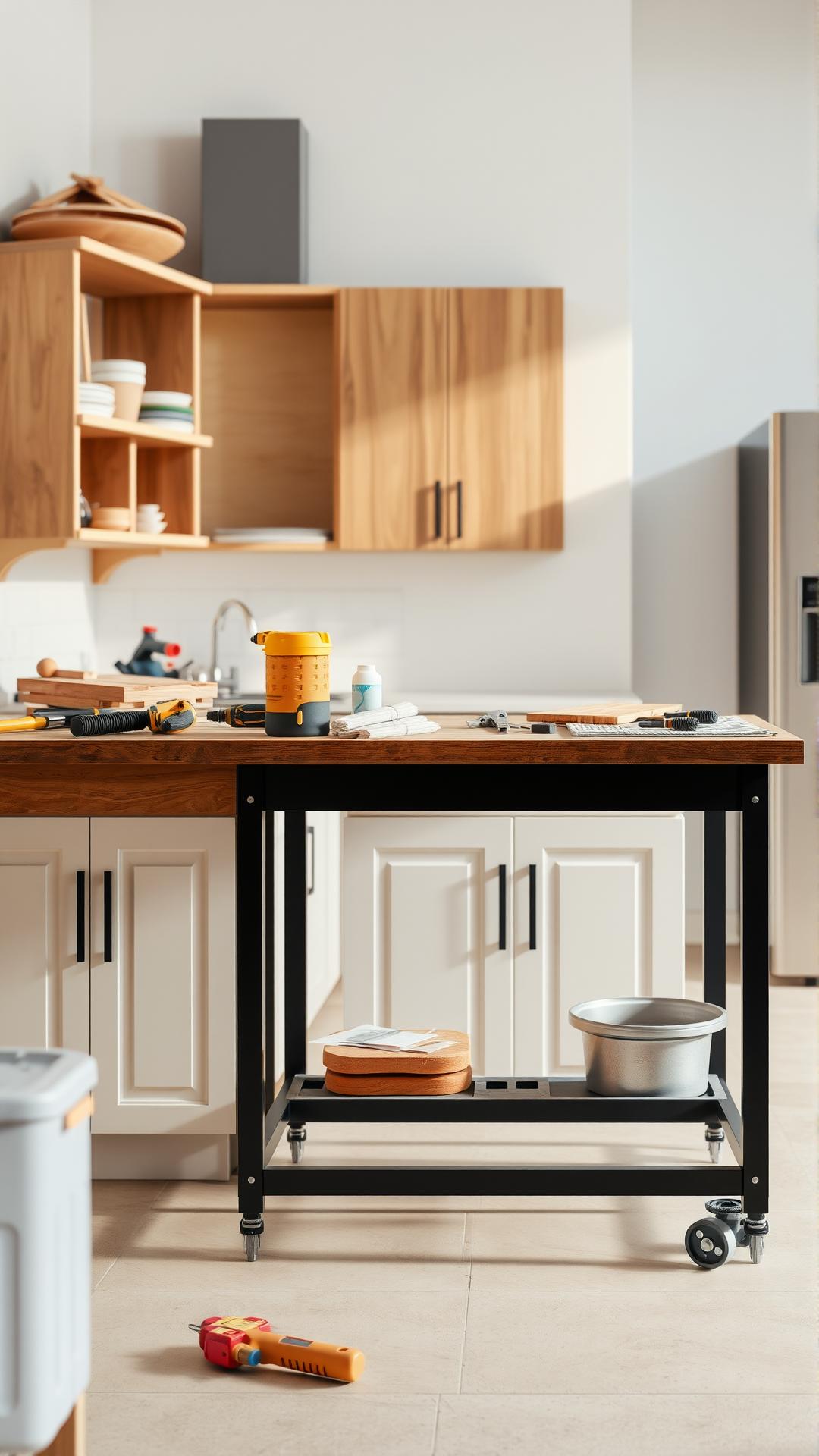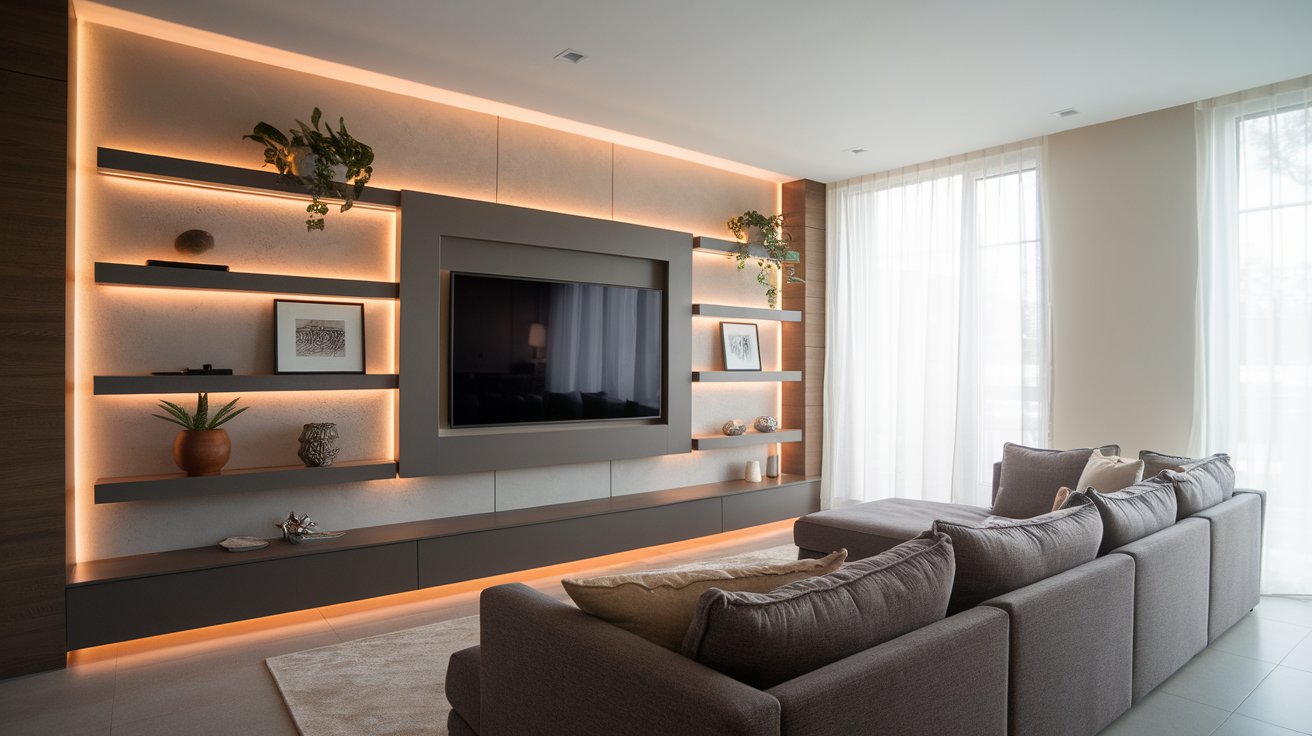Introduction
The kitchen is often regarded as the heart of the home, a sanctuary for culinary enthusiasts and a space for family gatherings. Renovating this essential area can significantly enhance both its functionality and aesthetic appeal. Modern kitchen cabinets serve as a keystone in this transformation, offering a blend of style, storage solutions, and cutting-edge organization ideas that reflect today’s design trends. From minimalist designs to vibrant colors, the options for kitchen cabinets have expanded tremendously, making it easier than ever to create a space that resonates with personal style and enhances the overall culinary experience.
In this article, we look into various kitchen cabinet ideas that cater to contemporary tastes. We will explore innovative design concepts, materials, and color schemes that can elevate your kitchen and improve workflow. Whether considering a complete remodel or simple upgrades, understanding the diverse possibilities available can help homeowners make informed decisions that seamlessly integrate style and practicality into their modern culinary spaces.
The Evolution of Kitchen Cabinet Designs: A Journey Through Time
Historical Development of Kitchen Cabinets
The history of kitchen cabinets reveals a fascinating evolution from simple, freestanding furniture pieces to the sophisticated built-in solutions we encounter in modern culinary spaces. In the early 18th century, kitchens were often equipped with separate furnishings, such as tables, sideboards, and cabinets. These pieces were designed for functionality rather than aesthetics, focusing on utility as the primary goal.
As the 19th century approached, the Industrial Revolution ushered in significant advancements in manufacturing technology. This period saw the introduction of standardized designs and materials which allowed for mass production. Cabinetry began shifting towards built-in units that provided more integrated storage solutions, optimized for the limited space found in many homes. This change not only improved practicality but also played a crucial part in the overall design of kitchen layouts.
Key Innovations That Shaped Contemporary Styles
The mid-20th century brought further transformation, with the emergence of various design movements that challenged conventional kitchen aesthetics. The post-war era saw a shift towards minimalism and modernism, with an emphasis on clean lines and open spaces. Cabinet doors transitioned from ornate details to sleek finishes, embracing materials like laminate and plywood that offered easier maintenance and affordability.
Another notable innovation has been the introduction of modular cabinetry systems. These systems allow homeowners to create personalized kitchen layouts that accommodate individual needs and preferences. This level of customization wasn’t possible with older models, where cabinets were typically fixed in place and limited to standard sizes.
The late 20th and early 21st centuries have observed a resurgence in natural materials, with solid wood and eco-friendly finishes gaining popularity. This shift reflects a broader cultural movement towards sustainability. Innovations like soft-close hinges and pull-out drawers have also enhanced functionality, making it easier for users to access their kitchenware and ingredients.
Contemporary cabinet designs continue to evolve, embracing technology with features like built-in lighting, touchless opening mechanisms, and integrated smart technology. These innovations not only improve usability but also transform cabinets into stylish focal points that set the tone for a modern culinary space.
Functional Layouts for Modern Kitchens: Maximizing Efficiency with Innovative Concepts
Understanding Kitchen Layouts
The importance of kitchen layouts cannot be overstated when it comes to creating a space that caters to both style and functionality. A well-designed kitchen layout enables optimal workflow, ensuring that everything is within easy reach. This setup is particularly vital for modern culinary spaces, where cooking has evolved into both an art and a social experience. Efficient layouts focus on the “kitchen work triangle,” which connects the refrigerator, stove, and sink in a seamless manner, reducing unnecessary movement during meal preparation.
Innovative Cabinet Integration
As kitchens transition into multifunctional spaces, innovative ideas regarding cabinetry become essential. Modern kitchen cabinets can be designed to complement various layouts, whether open-plan, galley, or L-shaped. Here are some insightful concepts:
- Corner Cabinet Solutions: Utilizing corner spaces enhances storage efficiency. Lazy Susans or pull-out racks can make these areas more accessible.
- Open Shelving: Integrating open shelves into cabinet designs not only provides easy access to frequently used items but also contributes to an airy feel, perfect for smaller kitchens.
- Modular Units: Opting for modular cabinetry allows homeowners to customize their layouts based on their specific needs. These units can be reconfigured as culinary requirements or space needs change over time.
- Built-In Appliances: Incorporating appliances into cabinetry can create a unified look. Custom paneling disguises refrigerators and dishwashers, thereby enhancing the aesthetic appeal of the kitchen.
- Integrated Lighting: Lighting plays a significant role in modern kitchen design. Incorporating LED strip lighting under cabinetry enhances functionality while adding a contemporary flair.
Each of these cabinet ideas not only maximizes storage but also offers a visually appealing aesthetic that aligns with modern standards. A thoughtful kitchen layout, coupled with innovative cabinet designs, leads to a culinary space that supports everyday cooking endeavors while ensuring that the kitchen remains an inviting gathering place.
As homeowners continue to prioritize functionality without sacrificing style, the relationship between layout and cabinetry becomes an integral aspect of modern kitchen design. Ultimately, understanding and implementing these concepts will pave the way for a truly transformative kitchen experience, complementing the discussion of material choices and trends in the following chapter.
Material Choices for Kitchen Cabinets: A Modern Culinary Space
Analyzing Material Durability and Aesthetics
Choosing the right material for kitchen cabinets is crucial for achieving a balance between functionality and style in a modern culinary space. Various materials offer unique benefits that enhance both durability and aesthetic appeal. One of the most popular choices is plywood, known for its strength and versatility. Plywood can withstand moisture and is resistant to warping, making it an excellent option for kitchens that are prone to spills and humidity.
Solid wood is another enduring choice, celebrated for its classic beauty and robustness. Different species, such as oak, maple, and cherry, provide varied grain patterns and finishes, enabling homeowners to select a look that matches their design vision. However, solid wood requires regular maintenance to prevent scratches and damage, making it essential to consider the lifestyle of the household when opting for this material.
For those seeking a modern twist, engineered wood is a composite option that delivers both durability and eco-friendliness. This material is made from wood fibers and resins, allowing for a dense, sturdy product that mimics the look of solid wood while often being more budget-friendly. Its production process also minimizes waste, contributing to a more sustainable kitchen environment.
Innovative Options for Sustainability and Style
In contemporary kitchen cabinets, laminate is gaining traction for its sleek appearance and practical benefits. Available in a myriad of colors and finishes, laminate can emulate the look of natural wood while being resistant to stains and easy to clean. Moreover, many manufacturers are now producing laminates using eco-friendly processes and materials, making this option both stylish and sustainable.
Metal cabinets are another innovative choice that appeals to modern aesthetics. Stainless steel, in particular, offers durability and a minimalist look, ideal for industrial-inspired kitchens. While metal cabinets provide a chic appearance, they can be prone to dents and scratches, necessitating careful handling.
Recycled materials have found their way into kitchen cabinetry, reflecting a growing trend towards sustainability. These cabinets are often crafted from reclaimed wood or other recycled products, merging unique character with environmental consciousness. Choosing recycled materials not only contributes to reducing waste but also introduces a distinctive charm to the kitchen space.
Color Schemes and Finishes That Inspire
The visual impact of kitchen cabinets extends beyond their utility; the right color schemes and finishes can profoundly shape the overall ambiance of a modern culinary space. As homeowners aim for a harmonious blend of style and functionality, selecting the perfect hues and textures becomes paramount. From warm woods to sleek metallics, the options available are vast, enabling creative expression while cultivating an inviting atmosphere.
Popular Color Schemes
Classic white remains a timeless favorite, offering a clean and airy feel that allows natural light to permeate the space. For a touch of elegance, soft shades of gray can evoke a sophisticated vibe, making them an ideal canvas for mixing other elements such as brass handles or colorful backsplashes. Earthy tones, like deep greens and browns, give a natural and organic feel to kitchens, reflecting a seamless connection with the surrounding environment.
Bold colors are also gaining traction, adding personality and vibrancy. Vibrant blues or rich reds can act as focal points, injecting energy into an otherwise neutral palette. The key is to balance these striking colors with muted tones to prevent the space from feeling overwhelming. Pairing a vivid cabinet color with lighter countertops or backsplash tiles can create a visually appealing contrast that captivates the eye.
Finishes That Enhance Functionality
The finish applied to kitchen cabinets plays a significant role in both aesthetics and practicality. Matte finishes have surged in popularity, offering understated elegance that minimizes the appearance of fingerprints and smudges. This low-maintenance option is ideal for busy kitchens, where functionality is essential.
High-gloss finishes, on the other hand, bring a contemporary touch. They reflect light beautifully, making smaller kitchens appear larger and more open. However, they do require more upkeep to maintain their lustrous appearance. Wood finishes can vary widely, from natural and rustic to sleek and modern, allowing homeowners to tailor their cabinets according to their design preferences.
The right color schemes and finishes should harmonize with the kitchen’s overall design, complementing the material choices discussed previously and setting the stage for future innovations like smart technology. Striking the right balance between aesthetics and practicality will make a kitchen truly functional and enjoyable for daily use.
Incorporating Smart Technology in Cabinets: Elevating Functionality in Modern Culinary Spaces
Seamless Integration of Smart Features
In today’s sophisticated culinary environments, kitchen cabinets are evolving beyond mere storage solutions to become integral components of smart homes. The incorporation of smart technology into cabinets enhances usability and offers convenience that aligns with modern lifestyles. Imagine opening a cabinet with just a wave of your hand or receiving alerts when supplies are running low. These features not only add a wow factor but also streamline everyday tasks, making cooking and hosting more efficient.
One of the most promising features in modern kitchen cabinets is the integration of smart sensors. These sensors can recognize when a door is opened or closed, activating interior lights that illuminate the contents beautifully. This ensures that users can readily locate ingredients, utensils, or cookware without rummaging through dark spaces. Furthermore, smart cabinets equipped with scale technology can weigh items as they are stored, offering real-time tracking of pantry staples and allowing for automatic grocery lists through paired mobile devices.
Innovative Storage Solutions
Another exciting development in smart cabinet technology is automated shelving. This feature enables users to adjust shelf heights to accommodate varying items, at the touch of a button. Imagine storing larger pots or multi-tiered baking sheets without the hassle of having to physically rearrange or remove other items first. Some cabinets even offer climate control options, essential for storing delicate ingredients that require specific humidity or temperature settings.
Voice-activated systems add another layer of sophistication. Home assistants like Alexa or Google Home can be integrated into kitchen cabinetry, allowing users to manage timers, access recipes, or even control other kitchen appliances hands-free. This synergy of technology within cabinets creates a kitchen environment that is not only aesthetically pleasing but also profoundly practical.
Consider incorporating a smart lock system for cabinet doors, particularly for areas containing valuable cookware or fragile items. This not only offers enhanced security but can also serve as a deterrent for young children, ensuring a safe cooking environment.
The advancement of smart technology in kitchen cabinets represents a significant leap toward maximizing functionality while maintaining modern design principles. By implementing these innovative features, homeowners can create a culinary space that is both stylish and effortlessly efficient, enhancing the overall experience of cooking and entertaining.
DIY Renovation Ideas for Kitchen Cabinets: Practical Approaches for Modern Culinary Spaces
Refreshing Your Kitchen Cabinets Without a Complete Overhaul
For those looking to breathe new life into their kitchen cabinets, a DIY renovation can be a rewarding and cost-effective alternative to a full remodel. With a few innovative upgrades and thoughtful adjustments, you can transform your kitchen cabinets while enhancing both style and functionality.
One popular option is to repaint or refinish existing cabinets. A fresh coat of paint can instantly modernize your space, allowing you to choose colors that reflect contemporary trends, such as soft pastels or sleek monochromes. Before painting, ensure you properly prep the surface by cleaning, sanding, and applying primer, which will help the new paint adhere better and provide a smoother finish.
Another idea is to replace the cabinet hardware. Updating knobs and pulls with modern designs can significantly impact the overall look of your kitchen. Consider materials like brushed nickel, matte black, or antique brass to match your desired aesthetic. Choosing unique shapes or oversized hardware can also create a striking focal point without requiring extensive changes.
If you’re seeking additional storage solutions, adding open shelving in combination with your cabinetry can enhance both functionality and style. Open shelves can showcase decorative items, plants, or frequently used dishware, providing a personalized touch while minimizing visual clutter. Consider replacing the upper cabinet doors with open shelves or incorporating floating shelves alongside existing cabinetry for a seamless look.
For those not quite ready to paint or replace hardware, simply organizing the interior of your cabinets can make a remarkable difference. Invest in drawer dividers, pull-out racks, and custom inserts to maximize space and improve accessibility. A well-organized cabinet not only enhances functionality but also creates a visually appealing kitchen environment.
Consider integrating lighting elements within your cabinets. Installing LED strip lights under shelves or inside cabinets can create an inviting ambiance while enhancing visibility. This simple upgrade can showcase your dinnerware or add a modern touch to your kitchen aesthetic.
A DIY kitchen cabinet renovation doesn’t have to be an overwhelming undertaking. By focusing on these practical approaches—such as repainting, updating hardware, adding open shelving, organizing interiors, and incorporating lighting—you can achieve a stylish and functional culinary space that reflects your personal style without a complete overhaul.
Conclusions
The design and functionality of kitchen cabinets play a crucial role in creating modern culinary spaces that are both practical and visually appealing. By understanding the evolution of kitchen cabinet designs, exploring various materials, and adopting innovative layouts, homeowners can make informed choices that align with their lifestyle and preferences. Embracing trends like eco-friendly materials, smart technology, and aesthetically pleasing finishes can further enhance the kitchen experience.
As you consider the ideas presented in this article, remember that the kitchen is more than a workspace; it is a gathering place for family and friends. Whether you choose budget-friendly DIY updates or opt for a complete remodel, investing in thoughtful kitchen cabinet design will lead to a culinary space that inspires creativity and brings joy to daily cooking and dining experiences.


